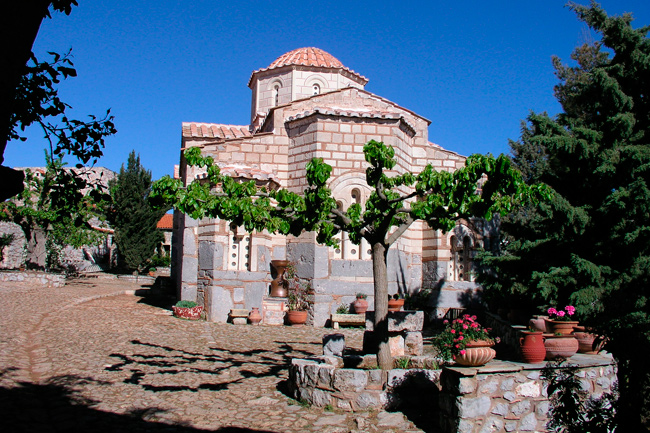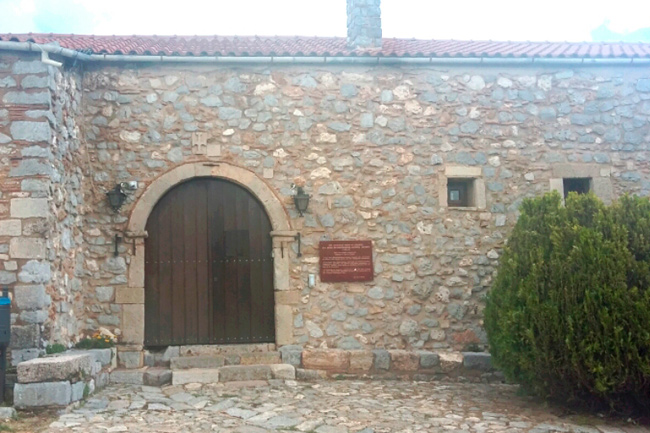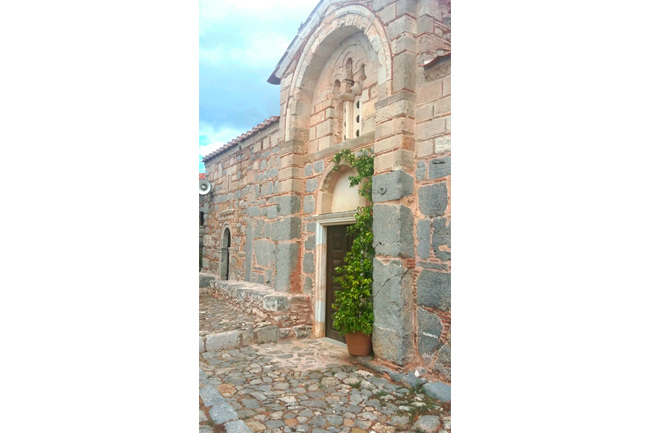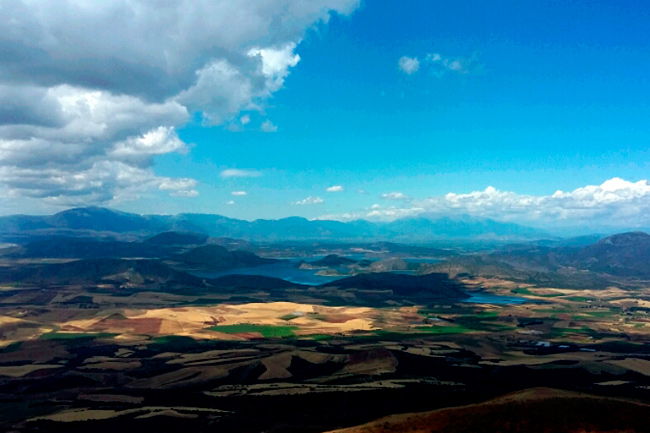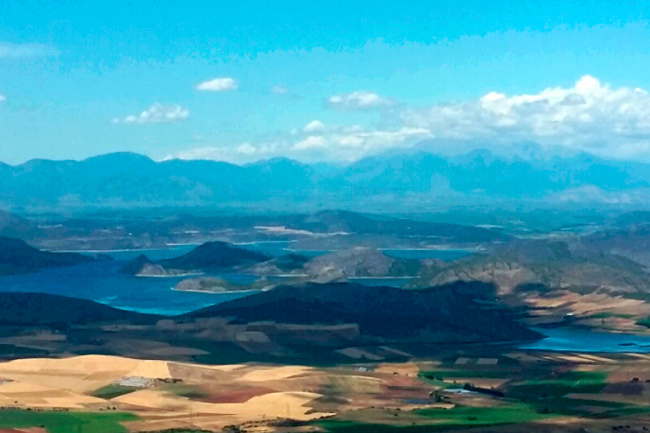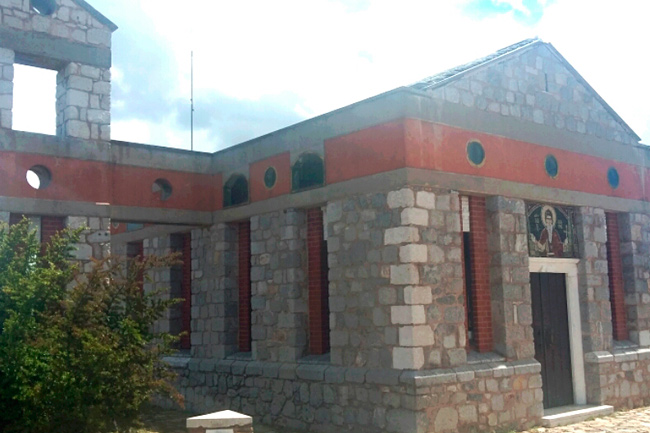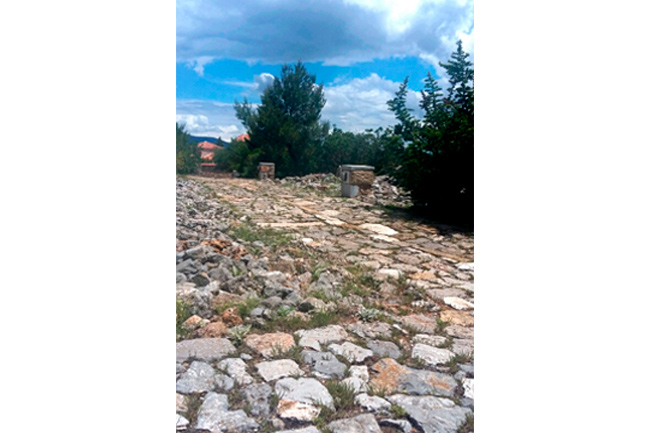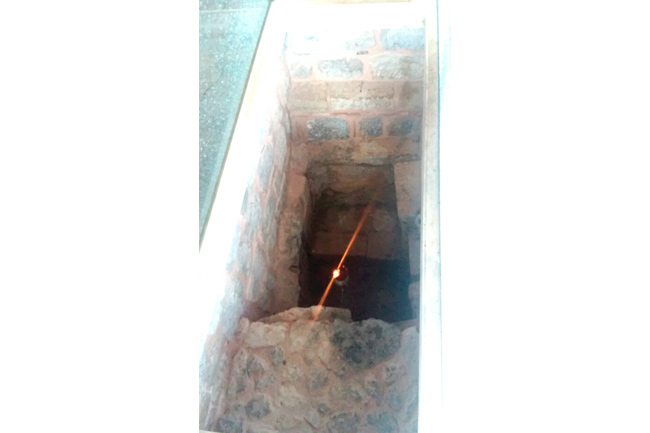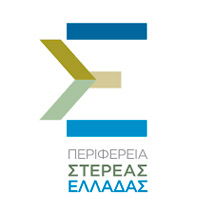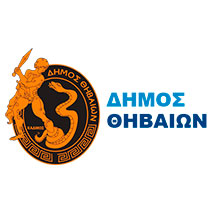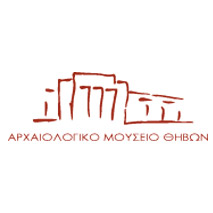The historic Monastery of the Transfiguration of the Savior – Sagmata, one of the oldest monasteries in Greece, is built at an altitude of 747 meters at the top of Sagmatios mountain in the area of Ypatos Municipality of Thiva. Half an hour away from Thiva and 8km from the National Road Athens – Lamia (80th km)
Establishment of the Monastery of Sagmata
According to Pausanias, the mountain in ancient times was called “Ypation Mountain” and on its top there was a magnificent ancient Greek temple and a statue of Zeus Ypatos. In the Byzantine period and especially in the 12th century, the building of the Holy Monastery of the Transfiguration of the Saviour – Sagmata began. The monastery was founded by Saint Clement and financed by the Emperor Alexios Komninos, who granted special privileges and rich gifts to the monastery with a golden bull in 1106. The monastery is a typical example of the architectural layout of the monasteries of Central Greece during the 11th and 12th centuries AD. It has a trapezoidal floor plan, tiled roof, a cloister, a porter’s lodge, storerooms, a water tank, cells, a guest room, a kitchen, a refectory and ovens.
The catholic of the monastery
In the centre of the monastery rises the katholikon, which is dedicated to the Transfiguration of the Saviour and was built in the 12th century. Its style is that of crossed-dome. It is divided into 4 parts: the altar, the nave, the esonarthex or Liti and the exonarthex, which together with the bell tower are buildings of the 15th or 16th century.
The most impressive part of the church is the mosaic floor. It is a fine, rare example of this charming Byzantine art, made with delicate, colourful tiles. It features wonderful representations of the animal and plant kingdoms as well as geometric shapes.
The picturesque chapels
At a distance of 150m. south of the monastery visitors will find the picturesque chapel of Saint Nikolaos, a building probably of the 16th century, in the temple of which there are built-in kionisks from the old marble temple of the catholic of the monastery. To the west is the newly built chapel of Saint Clement with his tomb. From this point the view of the Boeotian plain and the lakes is magnificent. From here starts a small path that leads to the steep cave where Saint Clement practiced. Around the monastery there are ruins of older chapels, while at a distance of about a kilometer, next to the road, there is the chapel of the Holy Forty Martyrs, a building from the Ottoman era.
The Chapel of Saint Luke
During the last few years, our contemporary Russian Saint Luke the Physician, Archbishop of Simferopol and Crimea (1877-1961), became very well known in Greece. Inside the Monastery there is a chapel of Saint Luke. His memory is celebrated on June 11.
Saints honoured in the Holy Monastery of Sagmata
- Saint Meletios (1035-1105) Ktetor of the homonymous monastery in Kitheronas. He served as an elder of Saint Clement. Many claim that for some time he lived in Sagmata. His memory is celebrated on September 1.
- Saint Clement (1050-1140). Ktetor of the Holy Monastery of Sagmata. Born in Athens, he joined at a young age the Holy Monastery of Osios Meletios, where he became a monk by Osios Meletios and stayed by him for 30 years. At the beginning of the 12th century he came to Sagmata and practiced in a cave on the edge of the steep cliff. During his days the monastery began to be built. His memory is celebrated on January 26 and May 1.
- Saint Germanos (1480-1540). He served as abbot of the monastery during the dark times of slavery. He was the spiritual father of Saint Seraphim. His memory is celebrated on January 26th.
- Saint Seraphim (1520-1602). He came from the village Zeli. He came to Sagmata at a young age and lived there for 10 years. For more practice he retreated to the area of Dombou Helicon and built the monastery. His memory is celebrated on May 6th.
Tips
The most impressive part of the church is the mosaic floor. It is a fine, rare example of this charming Byzantine art, made with delicate, colourful tiles. It features wonderful representations of the animal and plant kingdoms as well as geometric shapes.
